Introduction
A dissertation concludes with the last sentence but
its creation process ends only after completing thorough post-submission edits.
Step-by-Step Guide to Dissertation Editing process plays an essential role
which helps researchers improve their work and achieve both clarity and
coherent writing while maintaining correctness. An effective editing process
for your dissertation can be achieved by following these guidelines to produce
a professional final draft.
Towards the completion of most undergraduate or postgraduate programs/PhD Services, students are expected to produce thesis or
dissertation derived from their research proposal. Just like in all other
scholarly papers, the writing and structure of a dissertation depends on the
discipline and at times, the disciplinary program of a student. Still, it is
not less than four or five chapters apart from the introduction and the
conclusion sections. A dissertation is an extended piece of work normally in
writing, more specifically one that is submitted in support of a doctoral qualification.
In this article the reader will be introduced to essential tips on planning and
developing a student’s dissertation.
Here is the progression of stages involved in writing as well as structuring the dissertation.
1. Title Page
The title page, being one of the parts of dissertations, is an element that most people are fully aware of, in particular due to numerous assignments worked on in the course of school. The title page of a dissertation includes name, department and degree program, name of the institution and date of submission. In addition to this, it remains necessary to name your supervisor and the university you are attending. Most programs have a preferred format in the preparation of the title page of the dissertation. This, however, should not be a worry since you can use a copy of this page while printing and binding as well.
2. Acknowledgment
It gives the opportunity to express the gratitude to the people who helped the author in the process of dissertating. Here, you normally say your heartfelt than you to the professors, your supervisor, friends and families who have assisted you. However, this section is sometimes optional and the following advice may help you thoroughly understand how to produce this type of sentence if the subject of the paper is broad and the writer is having difficulty narrowing down the focus of the paper, then this section may be very helpful.
3. Abstract
Introduction is one of the significant sections of any dissertation or other form of academic papers. A normal abstract should be approximately is between 150 to 300 words and should be written after completing the writing of the whole dissertation. This is because the abstract is similar to a ‘teaser’ before the actual ‘film’ – the study. They read it before they read the whole content of the thesis paper. That is the reason why it must keep short, shun long words, and to the point. On the other hand while writing an abstract, there are some guidelines, which should be considered as follows. It is necessary to reveal some information about the topic and the aim of the given research at the beginning. State the method of approach to undertake the research and outline the overall conclusion found. It should be concluded by the end of the research.
4. Table of contents
A table of contents can be abbreviated as TOC and is defined as the list of all locally available chapters of the study along with their page number. That is the sketch of the chapters or other sections of the dissertation or thesis with the references to their pages. But it also assists to browse the research in a very effective manner. This is one of the features in the program where you do not have to create your table of content manually in the MS word.5. List of Figures and Tables
All the figures and tables which you have used in the thesis should be listed in numerical sequentially. Often, we can create this with the assistance of the Insert Caption option which is available in the program known as MS Word.6. List of Abbreviation
The list of abbreviations contains all abbreviations used in the chosen dissertation. As a matter of convenience, it will be helpful for the readers, if, you are able to present the list of abbreviations used within your dissertation in alphabetical order.
7. Glossary
It is identical to the one used in the format of a dictionary or other reference sources. The list is expected to comprise of certain words or terminology in the dissertation that would not easily be understood by the fluency of the general populace. Below, it lists the words about which the consumer finances knowledge and their meaning by alphabet.8. Introduction
The actual dissertation continues with the introduction part. An introduction also provides a background of the topic of study and the reason why the research is important. The reader gets an impression of what he or she is likely to encounter throughout the remaining part of the dissertation.
Here you develop your topic of interest and establish the backdrop of the stream of discussions. To read you refine the target and the purpose of your paper, determine the gap that your research will be filling. Furthermore, one can also explicate the state of the art and demonstrate that the proposed work relates to a variety of issues and discussions. Preiss (2012) affirms that it is possible to inform readers of questions and objectives of the research. You can also provide reasons for selecting the particular topic to conduct research you did; if any you have selected the topic yourself.
Hence, introductory part of a dissertation must be stimulating, comprehensible and oriented to the subject of work. It helps the reader to know what, why and how of your research at the end of introduction section.
9. Literature Review
While conducting research to address the research problem and questions for your topic or subject of interest, there are other works that have been written in the past. This is an inventory of all the re-research, thesis, study or dissertation that has been achieved in the past which is related to your topic or in the similar area of study.
In the case of the literature review section, such
sources need to be identified and clarified and each source should be
critically evaluated and analysed. The literature review does not provide a
cumulate of the existing studies. It makes clear, rational progress to
formulate a structure and a reason for the argument you are to put forth in
your research. It is at the heart of practical application of all the theories.
The students have to critically analyse the concepts and theories and the
models that define the research to be conducted.
10. Methodology
This chapter provides details of all the methods that were applied in the completion of the research work. It seeks to confirm the arguments of the study. More so, the methodology section covers all forms of strategies, the ways through which data was collected and the method applied in the analysis of the data collected.
Describe the information in relation to when the research was conducted, how, why and with whom. You should also provide all the tools and materials used in this process for the sake of documentation. Conclude the chapter by discussing the challenges encountered while conducting the research along with the way they were mitigated and a critical appraisal of the method. It is also important to make an attempt to develop an adequate report which overshadows the methodology and the strategies involved in conducting the study.
11. Result
It was the part of the show which demonstrated as to how you had been toiling for a month. To highlight the result that has been researched, this section should be elaborated. This particular chapter can be structured and developed based on the study hypotheses. Thus, it is always useful to include graphs, charts and tables in the result. It gives a proper insight into your research in brief and makes the dissertation to look professional.
12. Discussion
This chapter also involves an analysis and discussion of the findings of your research in relation to the research questions posed at the beginning of the study. You may elaborate as a result of understanding what the results were and whether or not they met your expectation and if it did meet them how. It is also advisable to come up with an alternative explanation on these findings and also write a short discussion on any constraint that you may have realized throughout the research process that may have led to variation in the results.
13. Conclusion
The conclusion of the dissertation should state and answer the research question(s) of the given research. It should enable giving the readers a clear understanding of the proposition you are defending in the study as well as results of the research done. This section should also provide the recommendation for the research and indicate what and how it was done.
14. List of References
The list of references or reference list located at the end of the dissertation contains full information of all the sources that were used in referring, mentioning and citing. The reference style varies from one field to another and at times from one university to the other. Make sure to look at the guidelines and discuss with the supervisor in order to be certain of the advised reference style.
15. Appendices
At times, there is some information which does not come under any of the above specified chapters. While such information may seem irrelevant when placed under any other section, it is crucial information if missing could give the feel that the dissertation lacked something. This kind of information as interview transcriptions, full figure tables, survey questionnaires are some examples of the information that contains the important information which should be attached in the appendices.Dissertations involve time and effort more so when one does not know the right direction to take. It is a monthly process as it can be seen in a few hundred pages. However, when given the task of preparing a dissertation and thesis, one may feel that it is all too much of a challenge but all the same, the task is a bit easier if one goes looking for some help. Well, if you are in that situation to seek for help, we offer the best proofreading and editing services. If you seek such services you will be able to have your research work perfected and come up with a good dissertation.
Get professional thesis editing and proofreading service
In any case, it requires a lot of effort and damages to come up with a proper thesis or dissertation. But, overall there is an argument that systematic approach and structures help to ease the process as follows. Every step, starting from the introduction to the presenting of an argument, literature review, and analysis of the result must be perfect in order to prepare a perfect thesis. Nonetheless, if you require help in making a professional editing and proofreading service provider to produce a non-problematic thesis or dissertation feel free to consult us. We will be happy to help you.
So hiring the professional editing and proofreading services in order to avail thesis help does not only ease the writing process for you but also enables you execute successful thesis including well-developed thesis paper. Thus, when highly qualified writers deal with the thesis, one has nothing to worry about including structure, consistency, and the flow of the content, the right tone and perfect grammar as well as accuracy.
Thesis/dissertation formatting service
You can also seek our help if you are in need of editors for manuscript formatting or you wish to ask them to check on the certain styles for the formatting job as per the instructions given to you, for instance, APA, MLA, or Chicago styles. All sorts of academic writing help can be availed from Best Edit & Proof editors and proof readers through our simple to use website and easy ordering system.
Don’t wait any longer and order a free quote for the editing and proofreading now!
If you would like our subject-area editors or language experts to revise your manuscript to ensure it comes with the right tone as well as style to match your work to that of a perfect academic one, then, visit our order page. They can also complete the process of submission of the paper within the shortest time possible. You can find out how it works by following the link given below:
Our specialty is to offer services to our clients with an interactive pricing structure depending on the kind of service the client wants whether it is editing services or proofreading services. We base our rates according to the number of words of the manuscript you provide to us for editing and proofreading services and the time we take in completing the job. If you want to receive the approximate price of the work, insert the text of your paper or the number of words/ pages needed for the order into our price estimation tool.
Conclusion
A dissertation is a significant piece of academic work, typically submitted for a doctoral degree. Its creation process ends after thorough post-submission edits, which are essential for researchers to improve clarity and coherent writing while maintaining correctness. The process involves several stages, including the title page, acknowledgment, abstract, and table of contents.Title page indicates author’s name, department, degree program, institution and the submission date. Acknowledgement section is written to show appreciation to the people who have contributed to the preparation of the document including the professors, supervisors, friends or family. The abstract, for instance, can consist of between 150 to 300 words at most; it supplies the reader with the details of the whole complete copy of the dissertation. It should provide information about the topic, research approach, and conclusion.
It usually contains all the chapters of the dissertation or thesis and their corresponding page numbers and assists the readers in easy and quick navigation. Thus, by adhering to these guidelines, learners can come up with a professional final draft as required by their program.
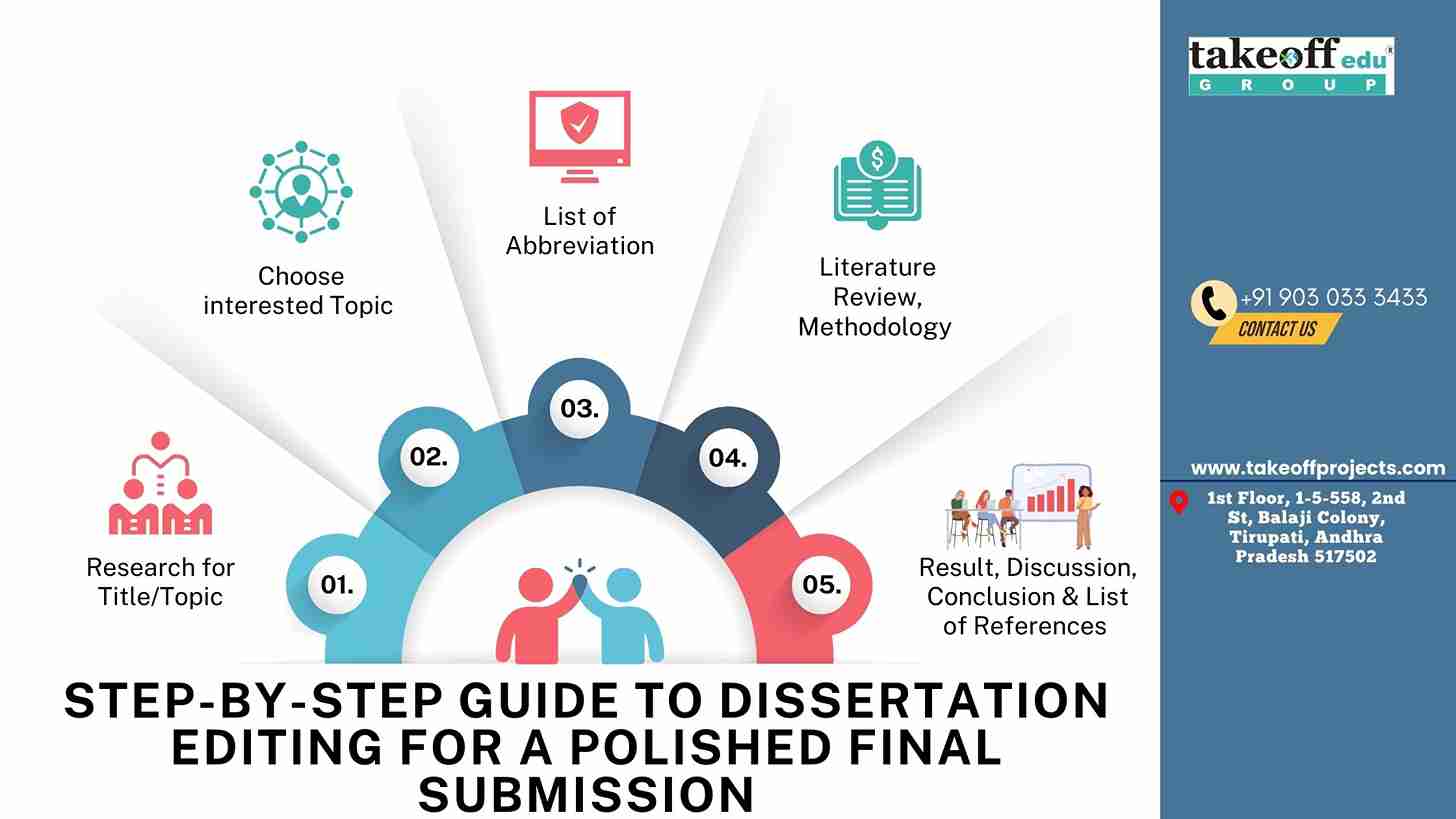
 PhD in Electrical Engineering: Research & Writing Support
PhD in Electrical Engineering: Research & Writing Support  Which are the Best PhD Assistance and Dissertation Writing Services in India?
Which are the Best PhD Assistance and Dissertation Writing Services in India?  How to Choose a PhD Research Domain: EEE, ECE, or CSE?
How to Choose a PhD Research Domain: EEE, ECE, or CSE?  The Ultimate PhD Toolkit for EEE, ECE and CSE Students
The Ultimate PhD Toolkit for EEE, ECE and CSE Students  Publication Success in EEE, ECE, and CSE: Expert Tips for Engineering Scholars
Publication Success in EEE, ECE, and CSE: Expert Tips for Engineering Scholars  Your PhD Guide to Multi-Disciplinary Research in Engineering and Technology
Your PhD Guide to Multi-Disciplinary Research in Engineering and Technology  Top PhD Topics across EEE, ECE, and CSE: Bridging Innovation and Impact
Top PhD Topics across EEE, ECE, and CSE: Bridging Innovation and Impact  Top Embedded Systems Projects for Engineering Students
Top Embedded Systems Projects for Engineering Students  Crafting the Future of Tech: PhD Research Trends in Software Engineering
Crafting the Future of Tech: PhD Research Trends in Software Engineering  From Algorithms to Applications: Comprehensive PhD Support for CSE Students
From Algorithms to Applications: Comprehensive PhD Support for CSE Students  Cybersecurity and Blockchain: Pioneering Research Areas for PhD Scholars
Cybersecurity and Blockchain: Pioneering Research Areas for PhD Scholars  The Art of Writing High-Impact Research Papers in CSE Domains
The Art of Writing High-Impact Research Papers in CSE Domains  AI, ML, and Big Data: Emerging PhD Topics in CSE to Watch
AI, ML, and Big Data: Emerging PhD Topics in CSE to Watch  Top Research Trends in Electrical Drives for Aspiring PhD Scholars
Top Research Trends in Electrical Drives for Aspiring PhD Scholars  Transforming Ideas into Impact: Dissertation Help for EEE Scholars
Transforming Ideas into Impact: Dissertation Help for EEE Scholars 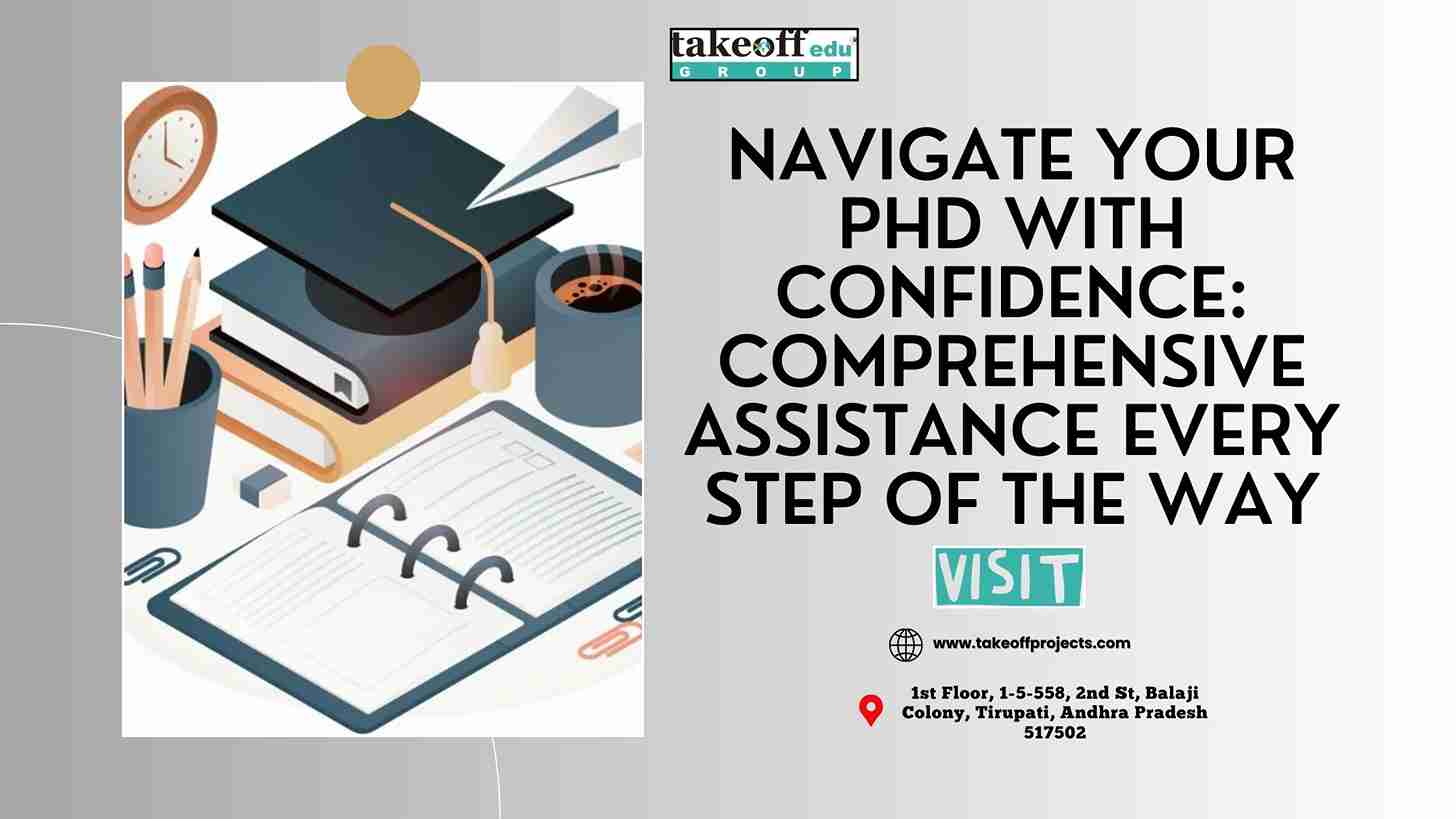 Navigate Your PhD with Confidence: Comprehensive Assistance Every Step of the Way
Navigate Your PhD with Confidence: Comprehensive Assistance Every Step of the Way  ECE Dissertation Success: Expert Tips for Writing and Publishing your Academic Success
ECE Dissertation Success: Expert Tips for Writing and Publishing your Academic Success  Breaking Barriers in Signal Processing: PhD Research Simplified
Breaking Barriers in Signal Processing: PhD Research Simplified  Building the Next-Gen Tech: A Guide to ECE Research and Publication
Building the Next-Gen Tech: A Guide to ECE Research and Publication  From Circuits to Control Systems: Navigating EEE Research with Expert Guidance
From Circuits to Control Systems: Navigating EEE Research with Expert Guidance  From Data to Discovery: Quantitative Analysis That Drives Results
From Data to Discovery: Quantitative Analysis That Drives Results  Future of IoT and Wireless Communication: Top PhD Opportunities in ECE
Future of IoT and Wireless Communication: Top PhD Opportunities in ECE  Top PhD Topics Energy Management in Power Electronics
Top PhD Topics Energy Management in Power Electronics  Exploring VLSI Design and Embedded Systems: Winning Research Topics for ECE Scholars
Exploring VLSI Design and Embedded Systems: Winning Research Topics for ECE Scholars  Expert-Approved Techniques for Crafting a Winning PhD Synopsis
Expert-Approved Techniques for Crafting a Winning PhD Synopsis  Writing with Purpose: How to Create Engaging Seminar Papers That Stand Out
Writing with Purpose: How to Create Engaging Seminar Papers That Stand Out  Unlocking Publication Success: Your Guide to High-Impact Journal Articles
Unlocking Publication Success: Your Guide to High-Impact Journal Articles  Mastering Energy Management: Top PhD Topics in Power Electronics
Mastering Energy Management: Top PhD Topics in Power Electronics  PhD Topic Selection Simplified: Choosing What Matters Most to You
PhD Topic Selection Simplified: Choosing What Matters Most to You 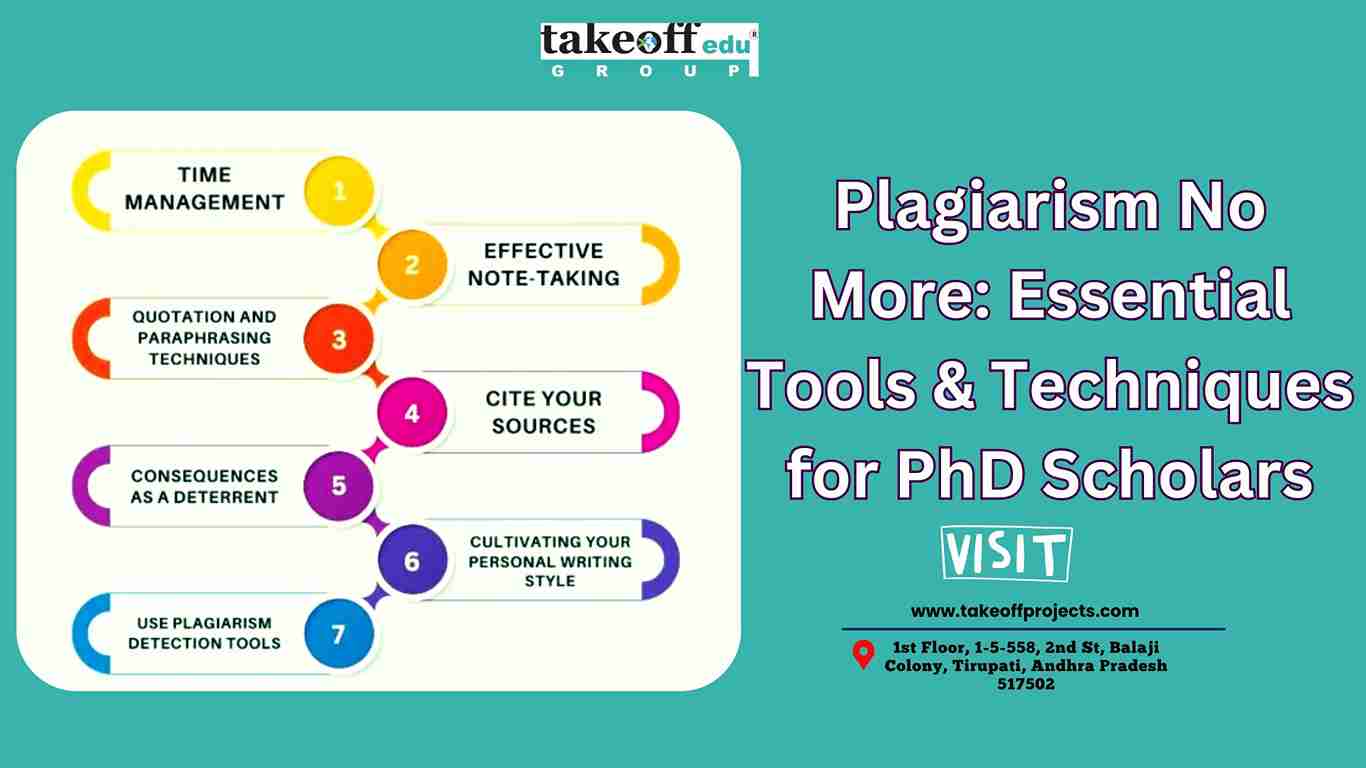 Plagiarism No More: Essential Tools and Techniques for PhD Scholars
Plagiarism No More: Essential Tools and Techniques for PhD Scholars 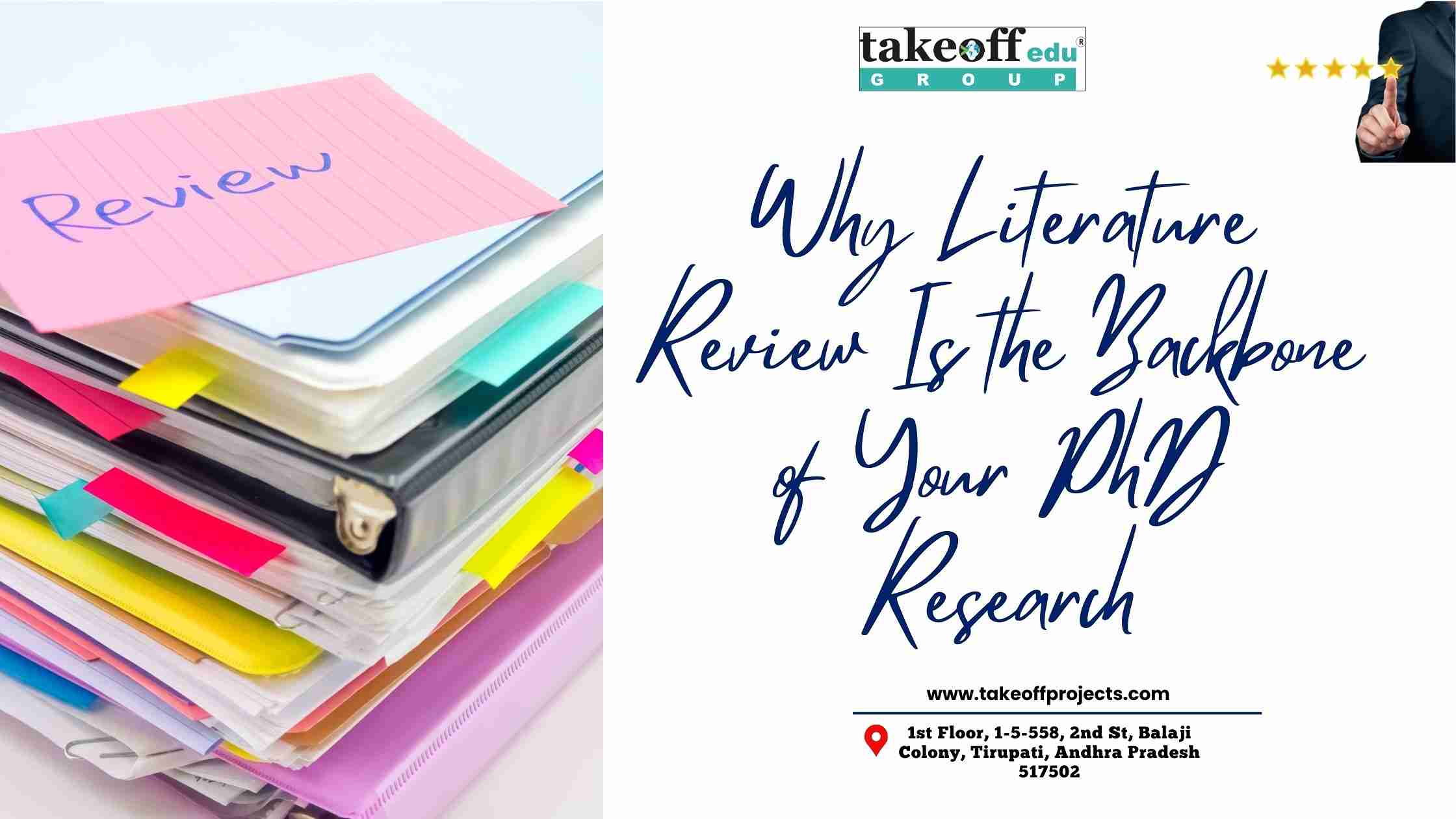 Why Literature Review Is the Backbone of Your PhD Research?
Why Literature Review Is the Backbone of Your PhD Research?  Accelerate Your Research: Software Implementation Made Easy for PhD Students
Accelerate Your Research: Software Implementation Made Easy for PhD Students  Stress-Free PhD Viva Voce Preparation: Expert Tips to Impress Examiners
Stress-Free PhD Viva Voce Preparation: Expert Tips to Impress Examiners  Transforming Data into Insights: Qualitative and Quantitative Analysis Explained
Transforming Data into Insights: Qualitative and Quantitative Analysis Explained 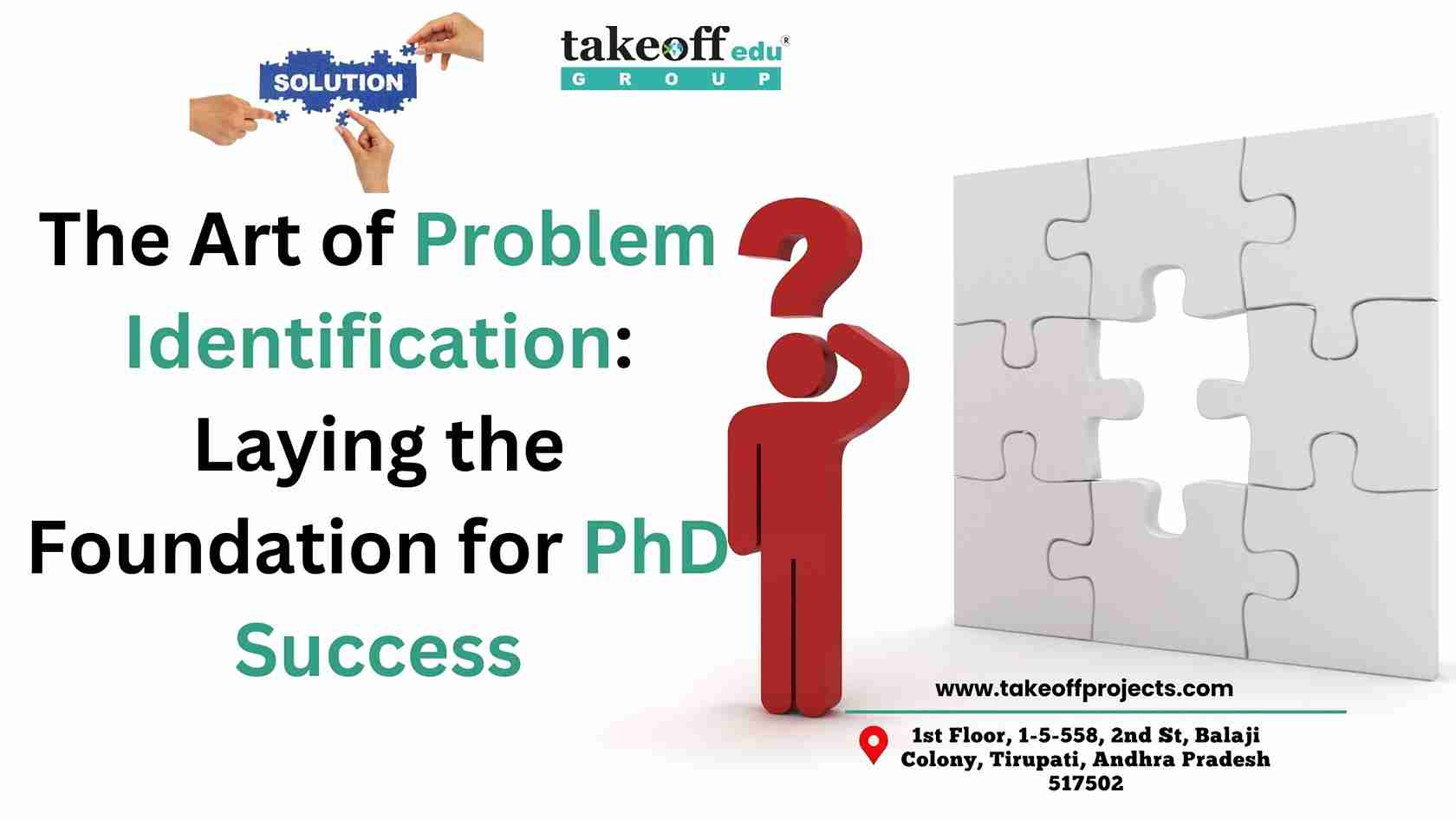 The Art of Problem Identification: Laying the Foundation for PhD Success
The Art of Problem Identification: Laying the Foundation for PhD Success 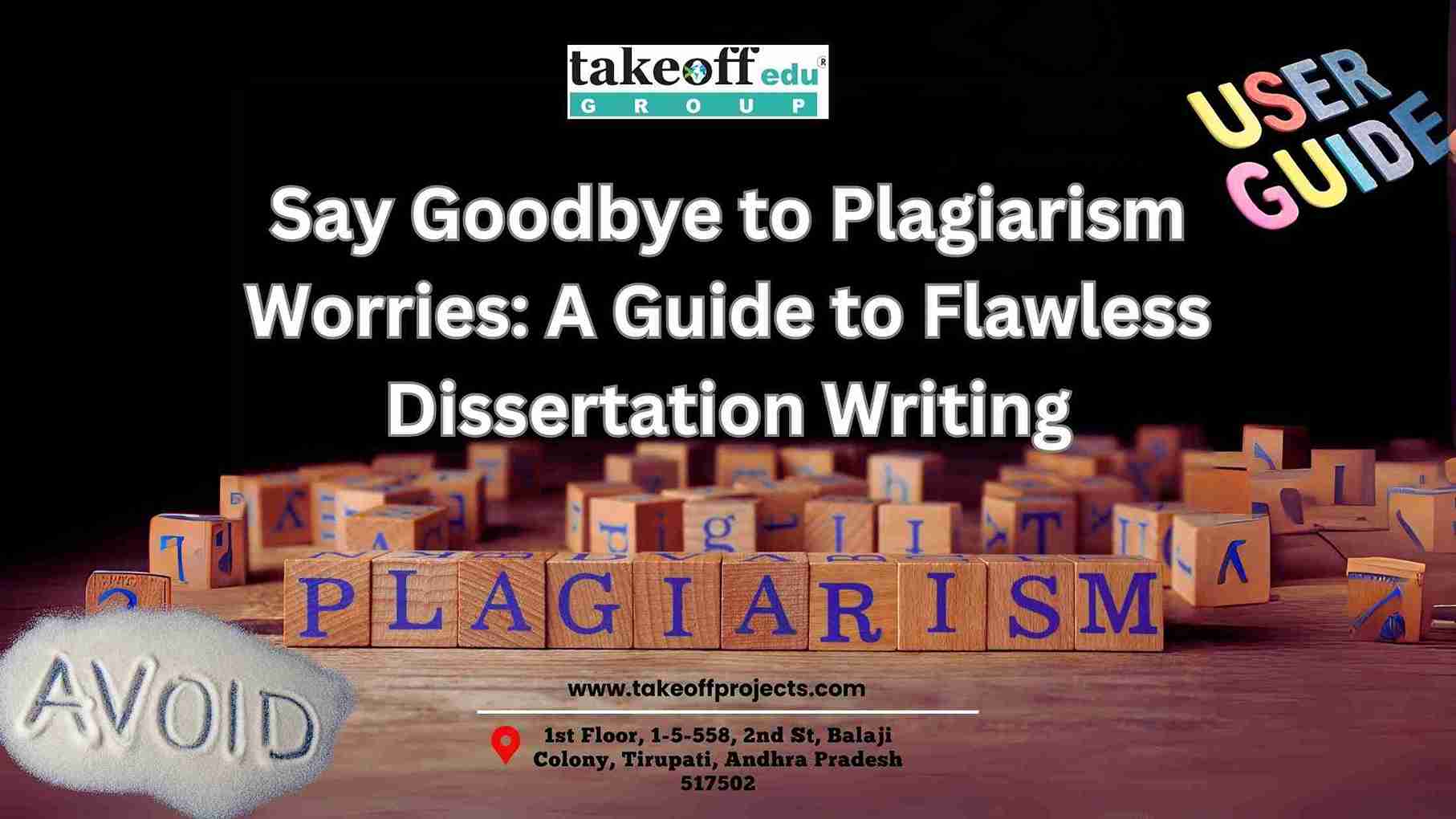 Say Goodbye to Plagiarism Worries: A Guide to Flawless Dissertation Writing
Say Goodbye to Plagiarism Worries: A Guide to Flawless Dissertation Writing  From Idea to Impact: Crafting High-Quality Conference and Seminar Papers
From Idea to Impact: Crafting High-Quality Conference and Seminar Papers 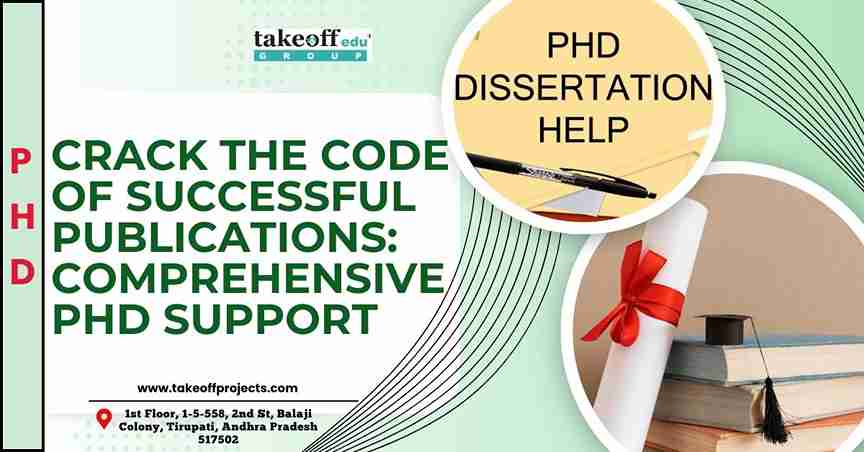 Crack the Code of Successful Publications: Comprehensive PhD Support
Crack the Code of Successful Publications: Comprehensive PhD Support 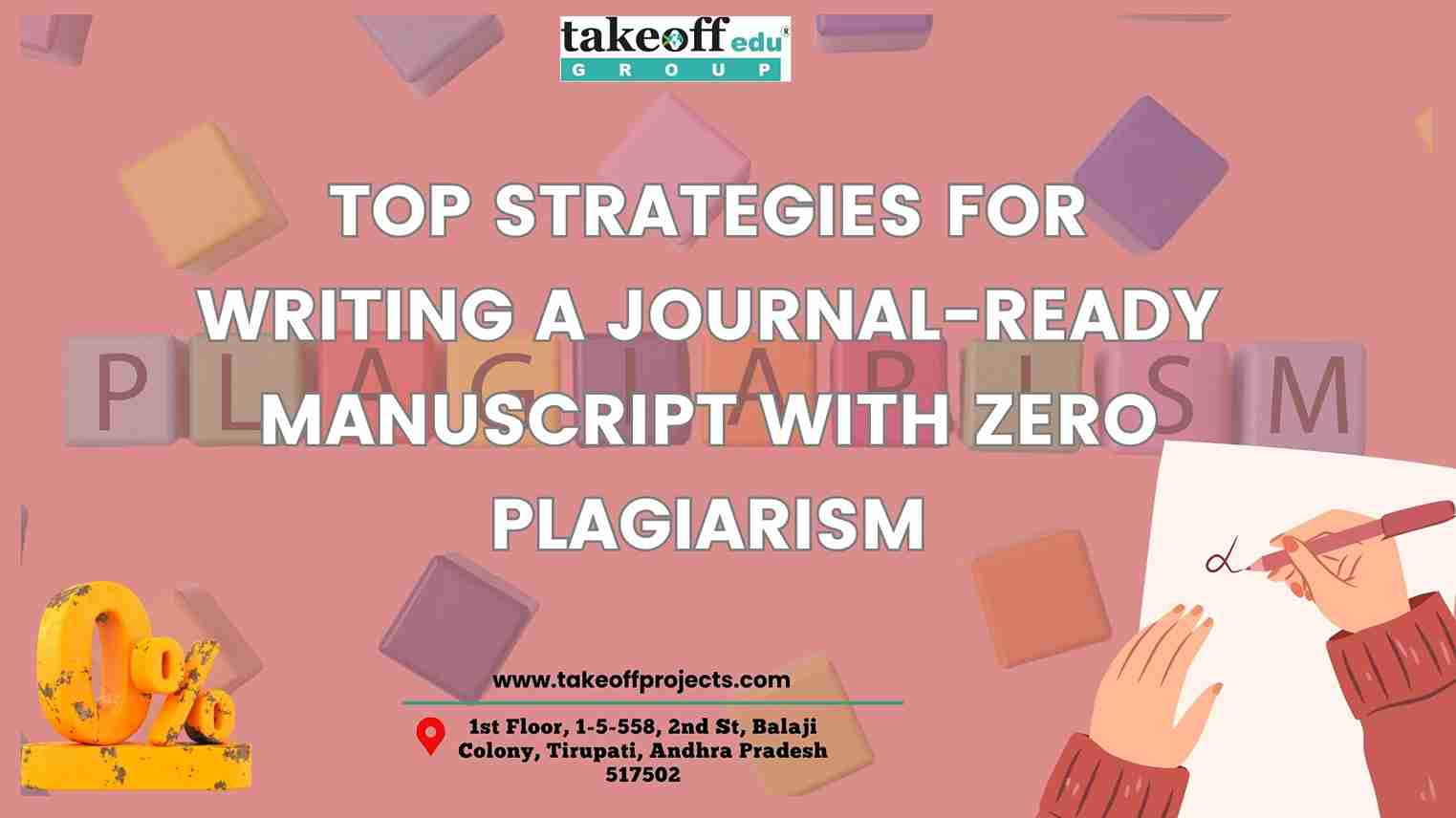 Top Strategies for Writing a Journal Ready Manuscript with Zero Plagiarism
Top Strategies for Writing a Journal Ready Manuscript with Zero Plagiarism  How to Nail Your PhD Research Proposal: Tips from the Pros
How to Nail Your PhD Research Proposal: Tips from the Pros  Understanding the Basics of Power Systems: A Comprehensive Guide
Understanding the Basics of Power Systems: A Comprehensive Guide  Turn Research Challenges into Opportunities: Expert PhD Consultation Services
Turn Research Challenges into Opportunities: Expert PhD Consultation Services 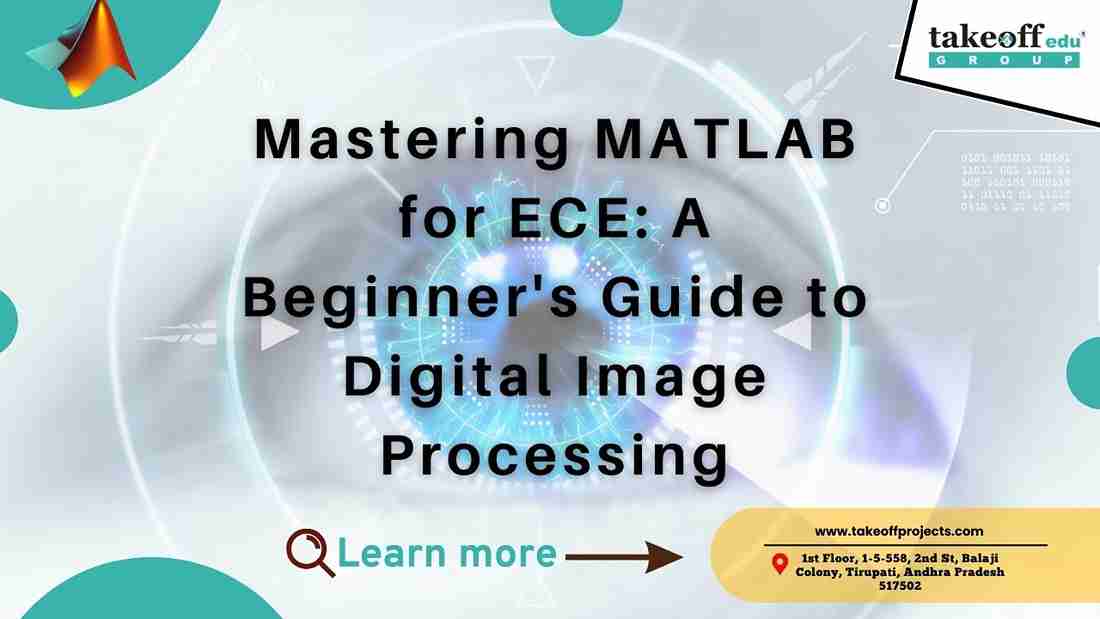 Mastering MATLAB for ECE: A Beginner's Guide to Digital Image Processing
Mastering MATLAB for ECE: A Beginner's Guide to Digital Image Processing  Mastering Your PhD Journey: From Topic Selection to Dissertation Success
Mastering Your PhD Journey: From Topic Selection to Dissertation Success 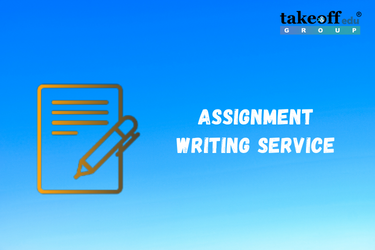 Assignment Writing Service
Assignment Writing Service  PhD Research Assistance
PhD Research Assistance 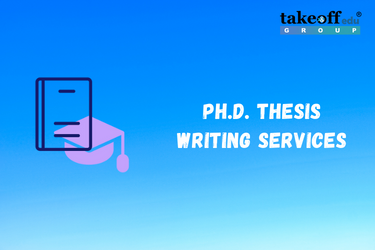 PhD Thesis Writing Services
PhD Thesis Writing Services 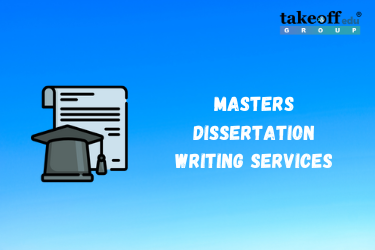 Masters Dissertation Writing
Masters Dissertation Writing 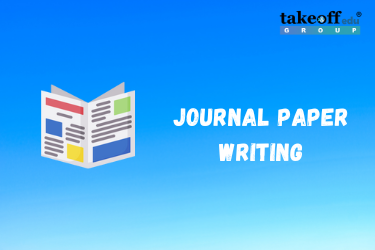 Journal Paper Writing
Journal Paper Writing 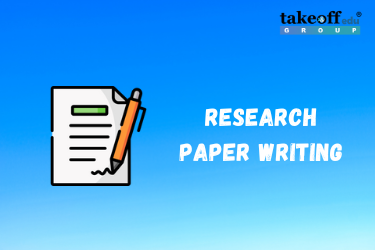 Research Paper Writing Services
Research Paper Writing Services 
 Paper Publishing
Paper Publishing


